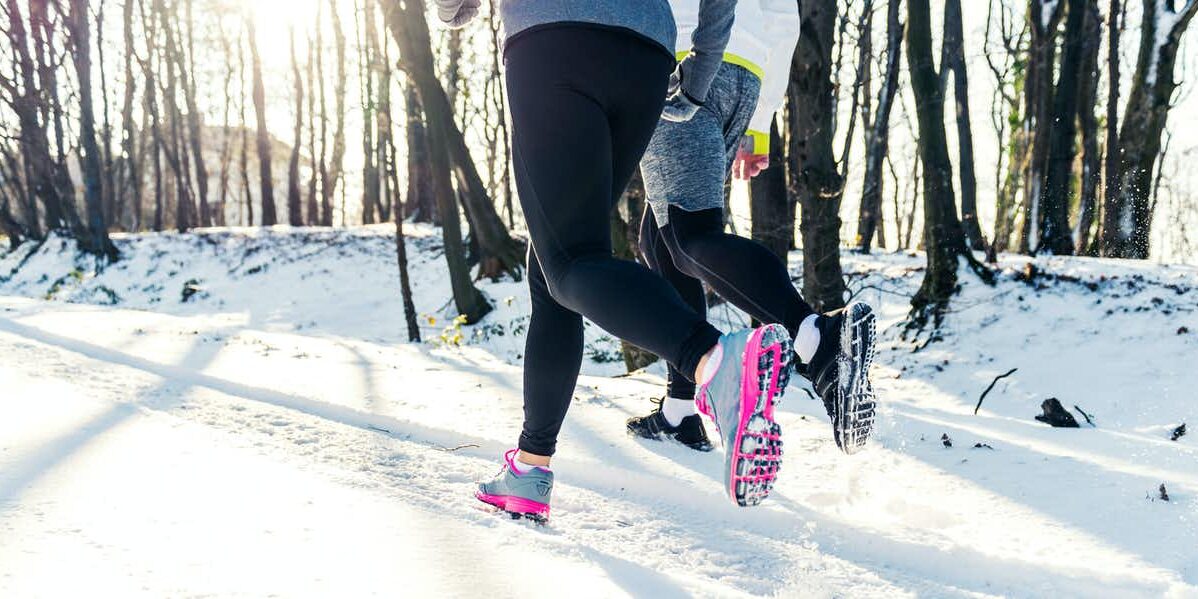Since the beginning of the COVID-19 pandemic, many Americans have turned to running and jogging as their primary form of exercise. However, during the winter months, going out for a jog becomes exceedingly challenging. It’s cold outside, roads and trails are covered with snow, our bodies are cold, and our body’s muscular system tightens up.
While going out for a run is at times the last thing you want to do, running in the cold doesn’t have to be problematic; you can still continue your daily workout routine and keep fit regardless of the weather outside. Having the right gear and preparation is necessary to ensure that you can not only carry out your routine, but enjoy running as much as possible during this season.
Some essential tips for running in the cold are:
- Have a thorough warm-up inside before going out: The cold weather tightens your muscles and stiffens your joints, so going for a run without a proper warm-up of about 30 minutes could potentially strain your body. A warm-up will also help to increase your body temperature and get you ready for your run.
- Dress a little lighter: When going out for a run or jog during the winter, it’s important to keep in mind that during the process of running, your body will generate heat, and if you have too many clothes on, it may become uncomfortable. So instead, it’s advised that you dress as if it is 10-20 degrees warmer than the current temperature outside.
- Wear gloves and socks to warm up: Wear a head warmer, gloves, and socks to keep your head, hands, and feet warm and protected as you run.
- Ensure you stay hydrated: Staying hydrated, regardless of the season, is very important. Even though you might not sweat much while running in the cold, you need to make sure you drink enough water during the course of your running.
- Run short distances: As opposed to running during warmer months, when running during the winter, you may want to limit your running distance and time to about 30- 50 minutes to reduce your exposure to the cold weather.
- Wear the right running shoes and cover them with duct tape: Wear thick shoes that help to keep your feet safe and warm from the cold. Also consider wearing shoes that are comfortable and have traction to prevent slipping and avoid noticeably slippery paths. The essence of covering your running shoes with duct tape is to ensure snow and moisture do not find their way into your shoes.
- After the run: It’s advisable to take a warm shower or have some hot tea or coffee after a cold run to help regulate your body temperature after you’ve been exposed to the cold weather.
Do note that at certain extreme cold temperatures below 10 degrees, it is advisable to avoid going out for jogs to protect yourself against certain cold-related diseases like hypothermia.







